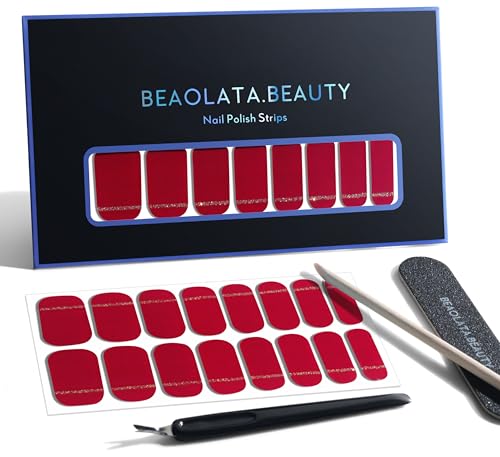- Joined
- Jan 22, 2018
- Messages
- 206
- Reaction score
- 62
Hi winemakers.
My Rose doesn't taste like it should.
After making a reasonable large quantities of red for 4-5 years I found myself in trouble with the storage, so this year I decided to make less, and given I have a lot of red wine around I decided to make Rose.
I thought it would be the same process as for the red wine, but pressed early
I bought 6 boxes of Grenache (120-140kg) , crushed it and pressed after 24 hours.
Another 24 hours I added the malolactic bacteria. (VP41)
Allowed it to ferment to zero BRICS , then raked into a bulk storage.
Added sulfites after a few days and left it in the bulk storage for 7 months. Ended up with around 70 liters.
Moved 50L into a beer keg, and bottled the rest.
The colour is a bit darker than Rose - but still light and very clear. Looking great.
So the taste...It is drinkable, but somehow too rounded, smooth. It lack a bit of a sharpness a nice Rose should have.
No sweetness either as it fully fermented.
(photo attached - called it "Opol" as that's what Dalmatians call the wine pressed after 24 hours)
I'll try again this year, but was hoping for some advice on where to improve the process.
This year I was thinking - maybe no VP41, and stop the fermentation at around 7-8 BRICS to keep some sweetness?
But would rather avoid another 70L failure.
Looking forward to your advice.
Cheers Dan
My Rose doesn't taste like it should.
After making a reasonable large quantities of red for 4-5 years I found myself in trouble with the storage, so this year I decided to make less, and given I have a lot of red wine around I decided to make Rose.
I thought it would be the same process as for the red wine, but pressed early
I bought 6 boxes of Grenache (120-140kg) , crushed it and pressed after 24 hours.
Another 24 hours I added the malolactic bacteria. (VP41)
Allowed it to ferment to zero BRICS , then raked into a bulk storage.
Added sulfites after a few days and left it in the bulk storage for 7 months. Ended up with around 70 liters.
Moved 50L into a beer keg, and bottled the rest.
The colour is a bit darker than Rose - but still light and very clear. Looking great.
So the taste...It is drinkable, but somehow too rounded, smooth. It lack a bit of a sharpness a nice Rose should have.
No sweetness either as it fully fermented.
(photo attached - called it "Opol" as that's what Dalmatians call the wine pressed after 24 hours)
I'll try again this year, but was hoping for some advice on where to improve the process.
This year I was thinking - maybe no VP41, and stop the fermentation at around 7-8 BRICS to keep some sweetness?
But would rather avoid another 70L failure.
Looking forward to your advice.
Cheers Dan
Attachments
Last edited:



































![[Upgraded] 9Pcs Tree Root Growing Box with Drain Holes, Half Transparent Plant Rooting Propagation Ball & Metal Core Twist Ties, for Fast Propagation Plants (Size M)](https://m.media-amazon.com/images/I/514MWQxtWOL._SL500_.jpg)



















